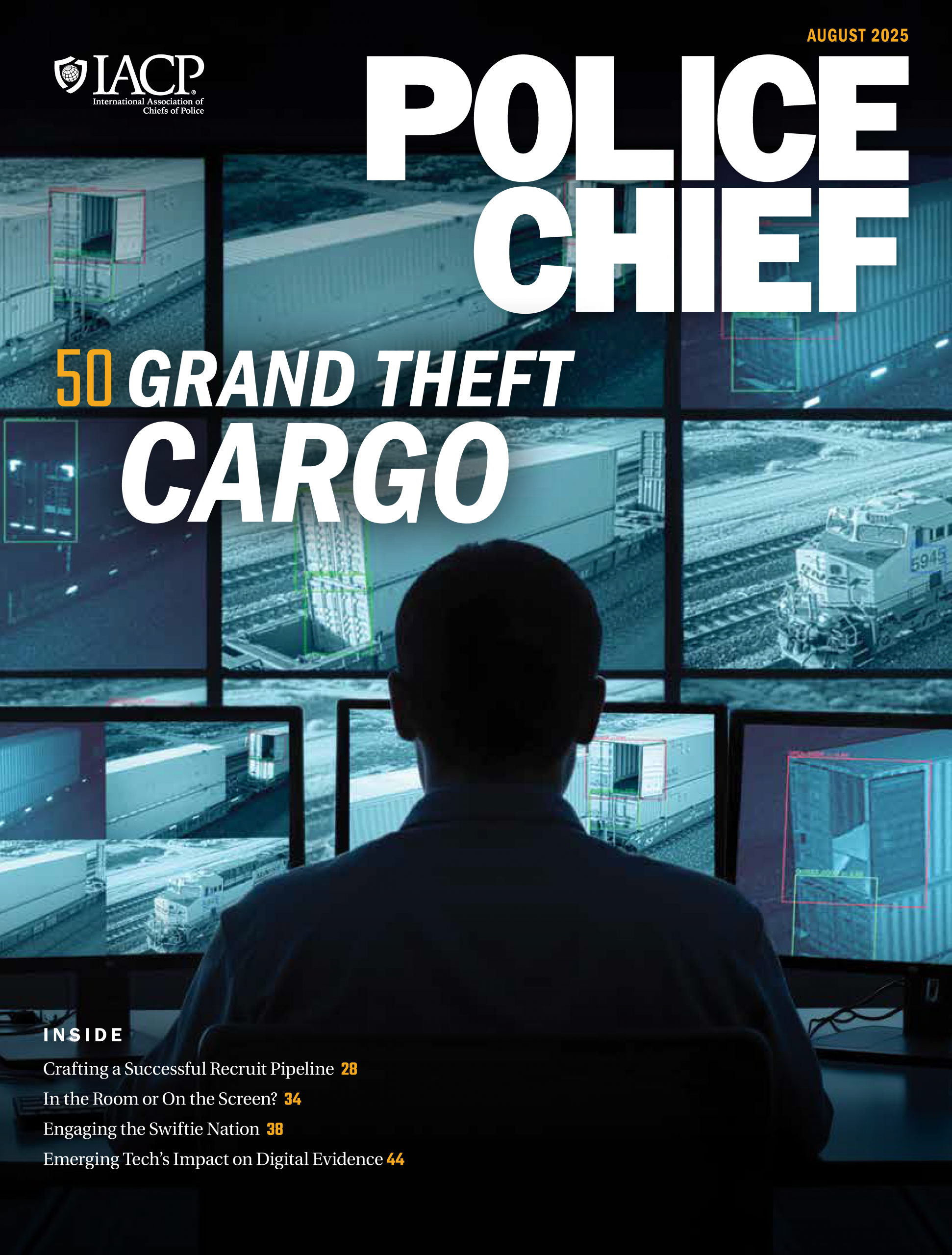When police officers pursue suspects across jurisdictional lines, relaying information to partner agencies through a dispatcher wastes precious minutes. Likewise, when firefighters respond to an apartment building blaze, there is not always time to pay attention to whether or not their radios can withstand the extreme heat. With these and other similar scenarios, the U.S. Department of Homeland Security (DHS) Science and Technology Directorate (S&T) has partnered with multiple cities and vendors across the nation to fine-tune a technology that enables police officers, firefighters, and other emergency response and management personnel to use a single mobile radio to communicate with multiple agencies and jurisdictions, even though these groups operate on different radio bands. Led by the DHS S&T’s Office for Interoperability and Compatibility (OIC)—part of the directorate’s Support to the Homeland Security Enterprise and First Responders Group—the multiband radio (MBR) project provides this much-needed solution. MBR technology allows a single radio to communicate on up to five different radio bands at a cost that is comparable to other high-end, single-band, portable radios. Additionally, in its evaluation pilots, the OIC discovered several common themes, including the issues of battery power and the need for improved durability so that the radios can withstand the extreme environments in which they work. Thus far, the OIC has collaborated with Thales Communications and the Harris Corporation to establish and improve the MBR technology in these and other key ways.


